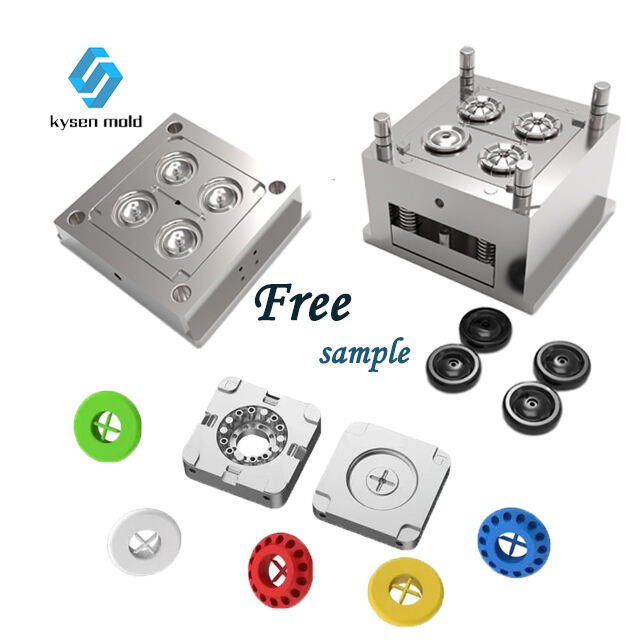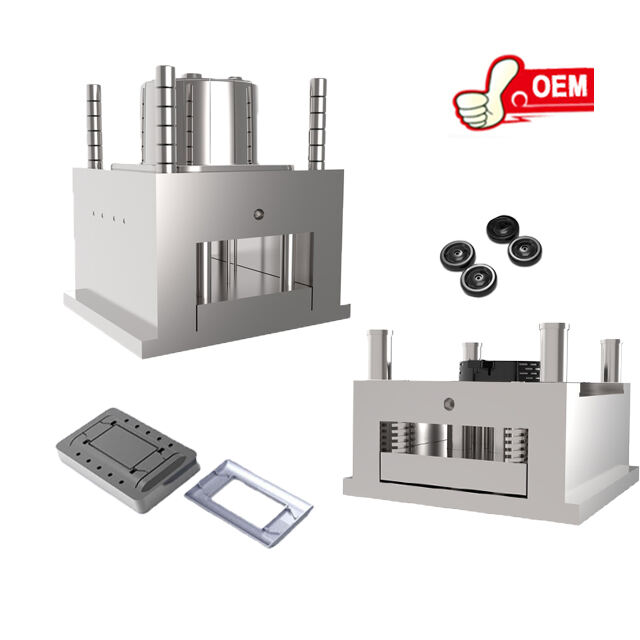high precision plastic injection molding
High precision plastic injection molding is a sophisticated manufacturing process that involves injecting molten plastic into a mold cavity to produce parts with exceptional accuracy and intricate details. The main functions of this technology include producing complex shapes, achieving tight tolerances, and maintaining consistent quality across large production runs. Technological features such as advanced control systems, precision molds, and high-quality materials ensure the production of parts that meet exact specifications. This process finds extensive applications across various industries, including automotive, medical, electronics, and aerospace, where precision and reliability are paramount.


